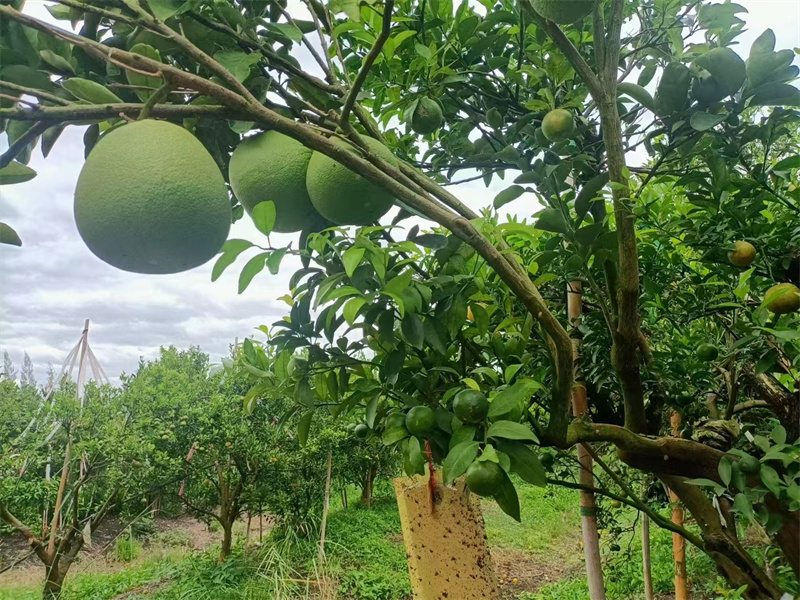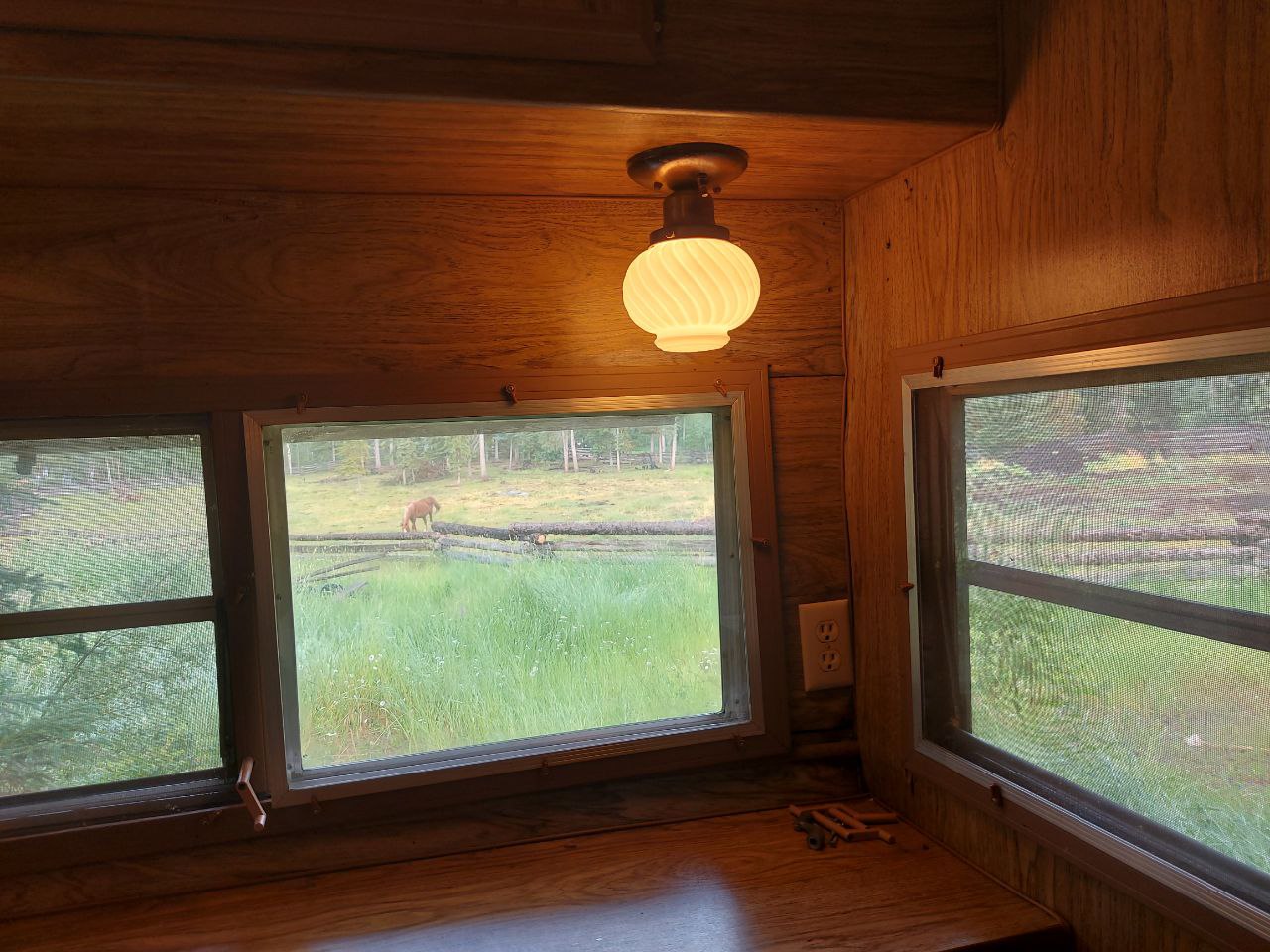|
What is Sustainable Living?
For each and every person to share a vision that involves experiencing a healthy and happy life within the fair utilization of earth’s resources while allowing space for the wilderness as well as wildlife, people have to adopt the principles of sustainable living. In other words, it must involve ways of living that advance good health and well-being while limiting destruction of the natural environment and wildlife.
Sustainable living is based on four main pillars namely minimizing waste, limiting the use of Earth’s natural resources, wise use of the environment, and ensuring quality working/living environments. The following are the guiding principles which can be used as an initiative to make sustainable and stable living a reality.

SUSTAINABILITY IS ABOUT ECOLOGY, ECONOMY AND EQUITY.
~ RALPH BICKNESE
Principles of Sustainable Living
Effective land use and wildlife protectionThis principle requires people to realize the need for effective land use and wildlife protection. The aim of the principle is to aid in creating new habitats and restoring biodiversity through effective land use and incorporating the practices in our surrounding environments. As the custodians of the planet’s natural environment, wise actions with regards to proper land use and wildlife protection are vital in embracing sustainable living.
Sustainable water usage The requirement for the efficient use of water in farms, construction and manufacturing is part of sustainable living principles. The principle emphasizes on the need to advance good water utilization practices by designing water managements systems that can deal with issues such as flooding, water wastage, and protection of water sources from pollution or destruction.
Supporting local and organic foods Sustainable farming is one of the vital principles of sustainable living. The principle insists on humane and sustainable farming by encouraging the availability of healthy, local, organic, low impact and seasonal diets. Food wastage is also highly discouraged. For this reason, people need to support local farming and organically grown products by buying local and eating organic foodstuffs.
The use of sustainable materials Sustainable materials refer to healthy, efficient and durable products. Examples include materials that are locally sourced, manufactured from waste or renewable resources, and those with low embodied energy.
The use of sustainable transport Promoting the use of low and zero carbon transport mechanisms is one of the overriding principles of sustainable living. It encompasses the need to reduce travel and accepting green transport services such as electric trains and cars and walking or cycling as an alternative to driving high emission vehicles.
Zero waste and zero carbon According to this sustainable living principle, every little thing done should focus on reducing the waste to the landfills. Only buying and consuming the needed staff is essential. Priority should be given on quality and not quantity to achieve this goal. People also need to find the easiest ways of using efficient and renewable technology.
Creating own healthy environment This involves indulging in active and meaningful life activities to promote good health and well being. Fun, healthy and less stressful living can be achieved by fun activities such as biking, hiking, walking, sailing, and skiing.
Realize local cultural values Culture has easy and effective ways of preserving and enhancing the local environment. For instance, local cultures stress on conservation, minimizing wastage and the use of local materials and organic products. Thus, reviving and respecting the local culture, identity and knowledge contributes to the progress of people’s involvement in environmentally friendly practices and bringing into existence a new culture of sustainability.
Benefits of Sustainable LivingSustainable living comes with numerous benefits. Not only does it limit the impacts on the natural environment, but it also redefines our lifestyles with a promise of good health and reduced cost of living. Here are the top benefits for assuming a sustainable lifestyle.
Health benefits Living a sustainable lifestyle is a sure way of attaining increased fitness and improved life balance. The health benefits are attributed to little dependence on vehicles or machinery and the consumption of quality food products that is either locally or organically produced. With little dependence on vehicles or the use of machinery; biking, walking and doing tasks manually can help one keep fit throughout. Because sustainable living embraces natural lighting and the appreciation of nature, it can also enhance happiness and lessen depression. Consumption of quality and non-toxic food products equally promotes good health.
Better and more stable planet for future generations The most important reason for making a decision to live sustainably is to simply safeguard the environment. It means ensuring its stability and existence for future generations. Utilizing the sun’s energy, reducing environmental footprint, use of non-toxic materials, and effectively using the planets resources will ensure the environment is stable and able to support the current generations as well as generations to come in the future. Statistics reported by the UK Greenhouse Gas Emissions in 2013 reveals that as sustainable movement advances, greenhouse gas emissions gradually decrease. This is an indication that sustainable living promises a more stable planet for future generations.
Cost savings More and more people are looking for simple ways to cut living costs. Well, sustainable living is the surest way of cutting back on living costs because it entails reducing earth’s natural resource consumption. For instance, sustainable homes promise reduced costs of water consumption, heating and lighting through the implementation of water saving techniques, use of green energy, and smart lighting solutions respectively.
Maximizing energy and water efficiency The use of passive ventilation systems, passive solar design, water recycling techniques, rain water harvesting and waste management will ensure the maximization of energy and water efficiency. This benefit guarantees comfortable homes with reduced utility bills and resource wastage.
Sustainable and durable products Sustainable lifestyle entails purchasing and using products that are green, durable and sufficient. Furniture products crafted from Bamboo are good examples as they are entirely sufficient and last even longer. Besides, unlike timber, bamboo doesn’t release stored CO2. Other sustainable, durable and affordable materials are those crafted from recycled products or waste matter. Aside from their sufficiency and durability, they also help environment.

Examples and Methods of Sustainable Living
There are lots of actions we can take to live a sustainable lifestyle. Here are the examples of sustainable living.
Stopping the use of plastics Plastics are a growing menace in our environments and they take billions of years to decompose. Furthermore, they also contain hazardous chemicals and are associated with the deaths of thousands of marine mammals, seabirds, sea turtles and seals after ingesting the plastic or having been trapped in them. Therefore, ditching the plastic especially one-time use plastic products is a great example of sustainable living.
Reducing household energy use and the utilization of renewable energy Reducing the overall household energy use promises a sustainable lifestyle. This can simply be done by turning off lights and appliances when not in use, installing energy-efficient appliances, use of a programmable thermostat that regulates the temperature, hang clothes to dry as an alternative to using the dryer and replacing incandescent light bulbs with led bulbs. The installation and use of solar or wind power is similarly a practical way of reducing energy costs and offsetting the overall carbon footprint.
Finding creative ways of reusing everything There are a thousand and one incredible ways of reusing almost everything. Reusing plastic packaging, bottles and cups for other purposes is just one example. For instance, instead of throwing away used plastic water bottle, you can extend its lifetime by using it as water bottle. The same applies to common household products such as mugs, jugs, magazines, shoes, clothes, mats among others. Instead of throwing such items away, resale or donate to give them an extended lifespan.
Cooking food by yourself and eating locally Cooking food by yourself will ensure you enjoy your food and above all, you’ll be eating healthy while at the same time cutting back on your spending. Eating locally is also a more impressive way of living sustainably. Instead of taking a trip to the supermarket, shop for vegetables, fruits and other products locally as those in the supermarkets consume huge amounts of fossil fuel during transportation.
Conserve water Conserving water in the house is an easy way to live more sustainably. By installing water-efficient toilets, using water-efficient washers, and the use of water-saving shower heads can significantly conserve water. For landscaping, plants that are drought tolerant are the best as they’ll require less water for watering. Harvesting rainwater and waste water recycling is also effective.
Depend less on your car, drive green Carpooling, vanpooling, use of public transport or the rail system, biking, and walking are some of the most efficient and sustainable practices. If you intend to move within a short distance, bike or walk instead of using the car. Driving as one person in car is completely not sustainable and is highly discouraged. The less one depends on his/her car, the lesser the fossil fuel emissions.
Grow your own plants and vegetables Growing your own plants and vegetables is a perfect example of sustainable living. Simply grow a few plants and vegetables along the driveway, at the corner of your yard or in a window box. Big space is not a necessity provided the plants can grow and serve you with enough edible fruits, herbs or vegetables to consume.
Recycle items Subscribing to recycling programs provides an opportunity of sustainable living. Have the used glass or plastic products and the obsolete electronics such as TVs, laptops, refrigerators, cell phones, batteries, monitors, CFLs among others picked up by appropriate recycling companies for responsible recycling.
Living in a small home Staying in a small home encourages a simple lifestyle instead of the modern desire to live in unreasonably big homes. It has its benefits as it reduces the environmental impacts and the cost of living that comes with living in larger homes than required. Also, small homes are resource efficient and reduce material wastage thus saving the planet’s resources for the future generations.
Source: https://www.conserve-energy-futu ... ts-and-examples.php
|  Haha, I’ve got a helper now!
Xuefeng
September 8, 2024
(Translation edited by Q
Haha, I’ve got a helper now!
Xuefeng
September 8, 2024
(Translation edited by Q
 Haha, I felt young again!XuefengYesterday morning, after breakfast, I started ch
Haha, I felt young again!XuefengYesterday morning, after breakfast, I started ch
 Papaver rhoeas: The Designated Flower of Lifechanyuan
by Xuefeng
August 20, 2024
Papaver rhoeas: The Designated Flower of Lifechanyuan
by Xuefeng
August 20, 2024
 Joyful Games and Warm Welcome for Gabi at Lifechanyuan's Thai Home
Qianzi Celest
Joyful Games and Warm Welcome for Gabi at Lifechanyuan's Thai Home
Qianzi Celest
 Chilean Girl Gabi Experiences the Life of Lifechanyuan Thailand Second Home Comm
Chilean Girl Gabi Experiences the Life of Lifechanyuan Thailand Second Home Comm
 Another Clean and Tidy Joy House
In the tourist resort Holy Land Home, the guide
Another Clean and Tidy Joy House
In the tourist resort Holy Land Home, the guide
 Post time 2018-04-03 10:36:28
|
4766views0replies
Show the author posts only
|View large image
Post time 2018-04-03 10:36:28
|
4766views0replies
Show the author posts only
|View large image
 |Descending
|Read mode
|Descending
|Read mode





 Favorites
Favorites Relay
Relay Shares
Shares Collection
Collection